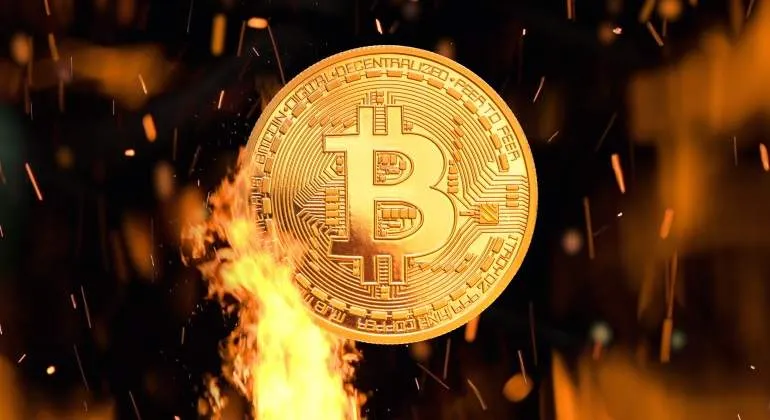
Like justice, economic studies take time. But one published this week, analysing the bubble that bitcoin experienced in 2013, should give rise to shivers for investors who currently possess the cryptocurrency: according to its conclusions, only two robots, programmed to pretend to buy and sell each other's coins, were enough to boost its price from 125 to more than 1,100 dollars in just two months.
The study, called "Price Manipulation in the Bitcoin Ecosystem"and published in the Journal of Monetary Economics, focuses on analysing the months of November and December 2013. At that time, the cryptodivisa, at that time unknown to the general public, began to cause interest in its high price rise. And the four authors argue that it was all a fraud: two robots "manufactured" the price hike through invented operations.
The people responsible were named Markus and Willy. The two bots pretended to buy and sell non-existent currencies from each other, increasing the price of each transaction and giving the appearance of liquidity in the market. "In the time frame studied, bitcoin prices rose by an average of 4% during the days in which suspicious transactions were recorded, while the days on which they did not fall slightly,"concluded the authors.
Everything Stays The Same
The bots were operating in Mt. Gox, a market for crypto currencies that collapsed a few months later, after recognizing that they had lost hundreds of thousands of bitcoins from their users. Precisely, the authors suggest that the owners of the organization may have created bots to try to compensate for the loss of all those bitcoins - valued at $180 million at the time - by inflating the value of what they had left. And with its fall, it also dragged the entire currency: without mechanisms to inflate its value, its price plummeted 66% to $442, and remained unchanged for almost two years.
But the study warns that the disappearance of Mt. Gox does not mean that the same problems have ceased to exist. The manipulation could have occurred, they explain, because of the total deregulation of the market, which allowed to distort operations, and its lack of liquidity, thanks to which only two operators compinchados each other could move the world prices of the currency.
And how's the market four years later? Same or worse. There are now "843 types of cryptocurrencies, with very small markets and susceptible to manipulation", while the world's largest market for bitcoins, Bitfinex, has been trading' counterfeit' dollars for months. Not only that, but there are still the same suspicions that robots created by the company itself are making false operations to trigger the price of bitcoin and other popular cryptocurrencies, such as Ethereum or Ripple. Thus, the study concludes: buy bitcoins under your responsibility.
Source: www.eleconomista.es